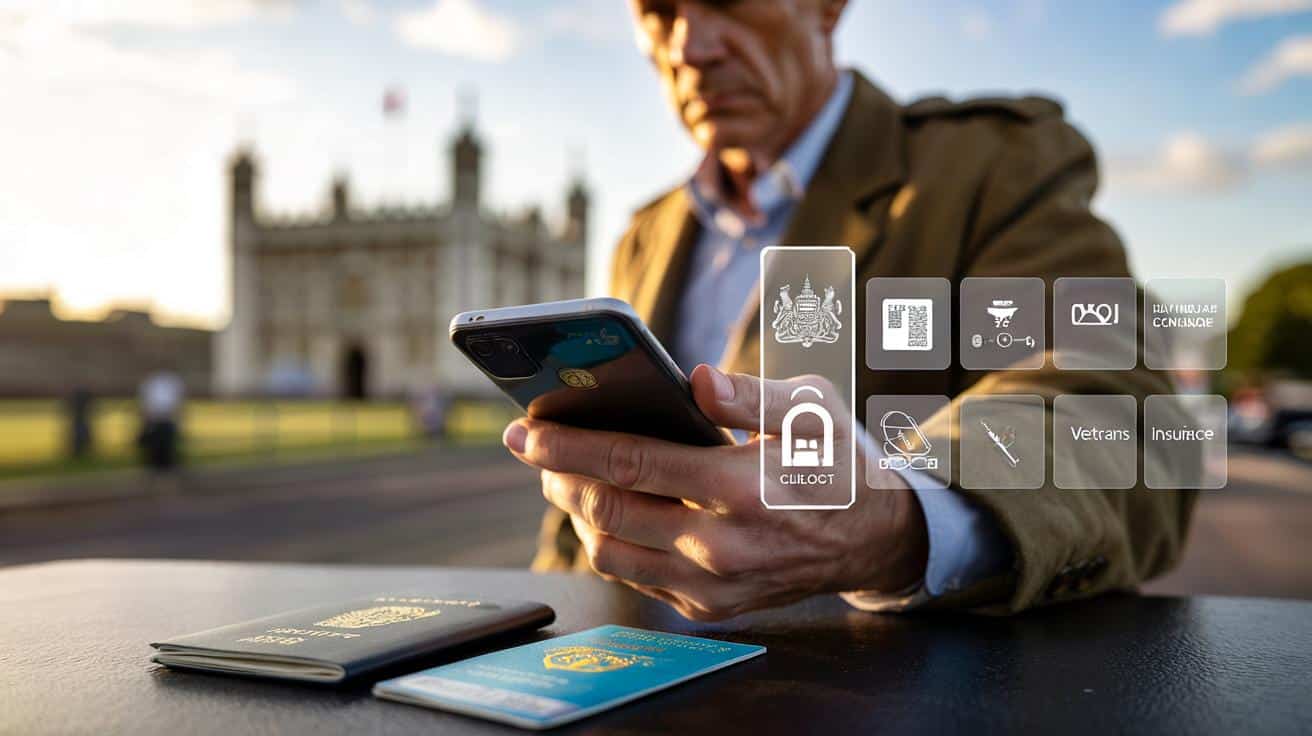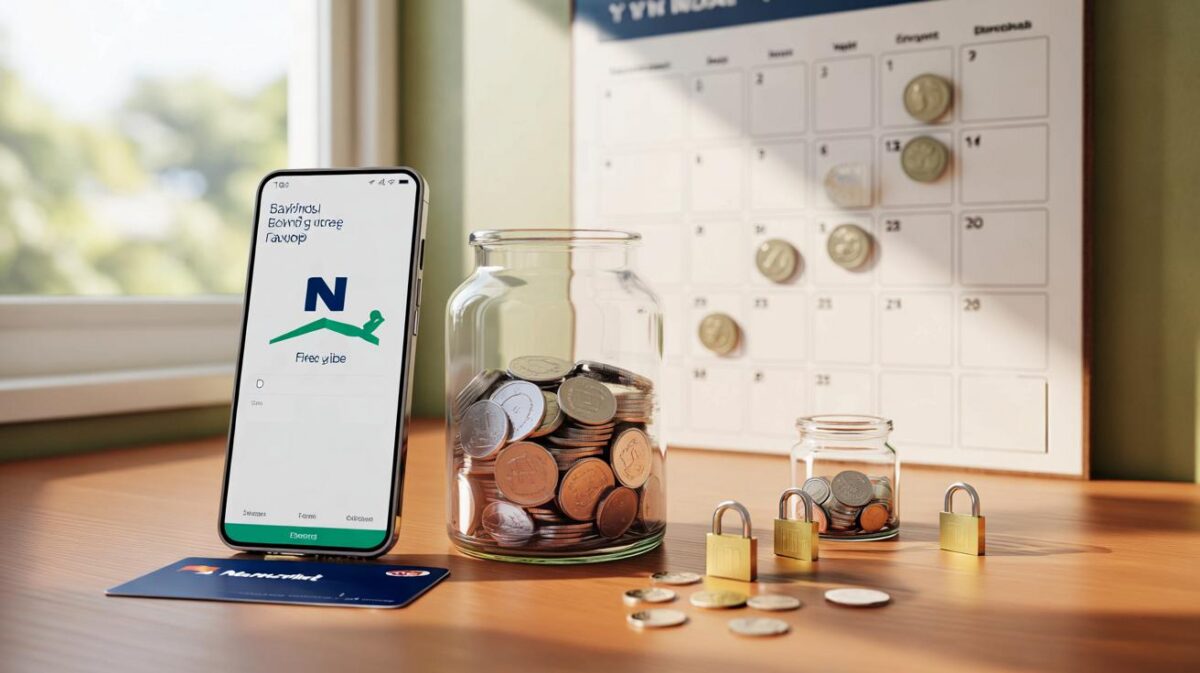From today, a new digital Veterans ID begins the UK’s march toward a government-backed wallet of core documents by 2027. Ministers sell convenience. Critics fear drift towards compulsion. The outcome rests on design choices, law, and trust.
What goes live for veterans
Former service personnel can now add a digital Veterans ID to their smartphones. It proves service quickly and helps unlock support, including housing help, mental health referrals, discounts and free or cheaper entry at cultural venues. A launch event at a landmark fortress showcased the tech. Patchy mobile signal delayed a few set-ups, but most users onboarded without drama.
The veterans card is the opening move in a plan to place major government IDs in a secure phone wallet by the end of 2027.
How the wallet will work
The model mirrors popular phone wallets. Your official credentials sit in a government-issued wallet and are protected by the device’s own security — face or fingerprint unlock, backed by a passcode. The platform follows a “federated” design. Instead of pooling everything, each department keeps control of its own records and releases only what is needed for a specific check.
A federated design reduces the draw of a single giant database, limits the blast radius of a breach, and lets you disclose just enough to pass a check.
Who keeps your records
Each department remains the source of truth. That reduces the incentive for criminals to attack a central vault and supports clear routes for fixing errors at their origin.
| Document | Data holder | Status | How you unlock |
|---|---|---|---|
| Veterans ID | Ministry of Defence | Live from today | Face, fingerprint or PIN |
| Driving licence | DVLA | Planned for wallet | Face, fingerprint or PIN |
| Passport | HM Passport Office | Planned for wallet | Face, fingerprint or PIN |
| National Insurance number | Department for Work and Pensions | Planned for wallet | Face, fingerprint or PIN |
What this means for everyday life
If the wallet works as billed, routine checks could become quicker, cleaner and less intrusive. Engineers are also trialling contactless “tap to prove” so you can confirm a fact — like being over 18 — without revealing your name or address.
- Property transactions could move faster with fewer scans, re-keying errors and courier delays.
- Border clearance may speed up by pairing a phone-held credential with the physical passport.
- Age checks at tills could become a one-tap privacy-preserving confirmation.
- Right to work checks may stop the photocopy parade for employers and HR teams.
- Veterans can prove status instantly to access services and discounts.
Only one use case carries a mandate today: digital right to work checks at hiring. The rest remains voluntary.
Where compulsion starts — and where it stops
For employment, ministers tie the system to existing legal checks. Employers would confirm eligibility digitally rather than storing copies of passports or bills. Officials say the digital record for that check can be deleted when employment is confirmed. Beyond hiring, participation is framed as optional, with physical documents still valid. The open question is whether future laws tighten the screws, which unsettles some MPs and privacy campaigners.
Security, trust and the politics of control
Supporters claim the wallet hands power to citizens. You share only the sliver of data needed to pass a check and nothing more. A manager can verify work eligibility without seeing your address. A shopkeeper can confirm you are over 18 without learning your birth date.
Opponents warn of scope creep and cyber risk. They worry that a convenience tool becomes a lever for mass checks or a rich target for criminal groups. The government’s single sign-in, branded One Login, joins services together, which can create pressure points for attackers. Engineers counter with device-bound keys, strong encryption and departmental separation to blunt those risks.
Early lessons from day one
Two down-to-earth issues emerged at launch. Poor signal can stall set-up. Clear guidance matters, because not everyone knows how to find or use a phone wallet. Both are solvable but shape first impressions.
Who gains first
Veterans stand to see the earliest benefits. Around two million people in Britain have served, many of whom face repeated requests to prove status when seeking housing support, counselling, or job help. A digital credential can remove friction and reduce repeated storytelling. Charities hope, with consent, that faster referrals and fewer handoffs can shrink delays during stressful moments.
Gaps still to close
Public acceptance will hinge on practical answers to everyday problems:
- What happens if your battery dies at a police stop or during boarding?
- How will older devices without modern biometrics be supported?
- Can shops and work sites verify offline without weakening security?
- How do you correct an error when the data lives with a specific department?
- What redress exists if an employer misuses a right to work result?
The path to 2027
The roadmap points to phased onboarding. Lower-risk, high-utility credentials arrive first, laying plumbing and proving resilience under load. More sensitive documents follow once the pipes hold under pressure and audits show confidence. The target is a single wallet that can carry multiple government-issued proofs before the end of 2027.
If you are a veteran, getting started
You will need a compatible smartphone with biometrics or a PIN enabled. Sign in using the government’s One Login, confirm your details against defence records, and lock your card behind face or fingerprint. Keep a physical card or document as a backup until the wallet sees wide acceptance.
Practical tips and risks to weigh
Before placing official documents on your phone, test your device hygiene. Use a strong passcode, enable biometric unlock, and turn on remote wipe. Back up your phone. Update the operating system regularly. Add a second factor to your government sign-in to curb the fallout of an email breach.
Think about real-life failure modes. Try a planned “offline day” to see what breaks if your battery drains. Carry a physical ID for travel and formal checks. If you hire staff, rehearse a digital right to work flow, including what you do when systems fail or a candidate opts for a physical route. If you support an older relative, consider assisted access or stick with physical documents until guidance improves.
What to watch next
Three signposts will reveal if the programme stays on track. First, tap-to-prove age trials should show shorter queues and better privacy, not confusion at tills. Second, departments must join the wallet without major outages or mismatched data. Third, a transparent incident log and independent oversight can settle nerves about cyber threats. If these land, many people will opt in long before any deadline looms.
Extra context that helps you plan
A digital wallet aims to apply data minimisation at the point of use. That means the verifier sees only what they need — for example, a green tick for “over 18” rather than your date of birth. Under UK data protection law, this approach aligns with purpose limitation and storage limitation principles, but practice matters. Watch for clear audit trails, easy-to-use consent controls, and visible routes to delete or correct data.
Here is a quick real-world scenario to test your expectations for 2026: you are renting a flat. You tap your phone to prove identity and right to rent, sign the tenancy digitally, and insure contents with a wallet-held address confirmation. The landlord never sees your National Insurance number, only a verified result. If the check fails due to a mismatch at source, you head straight to the relevant department to fix the record, then refresh the result in your wallet. That is the promise; whether it holds depends on plumbing, policy and patience.








